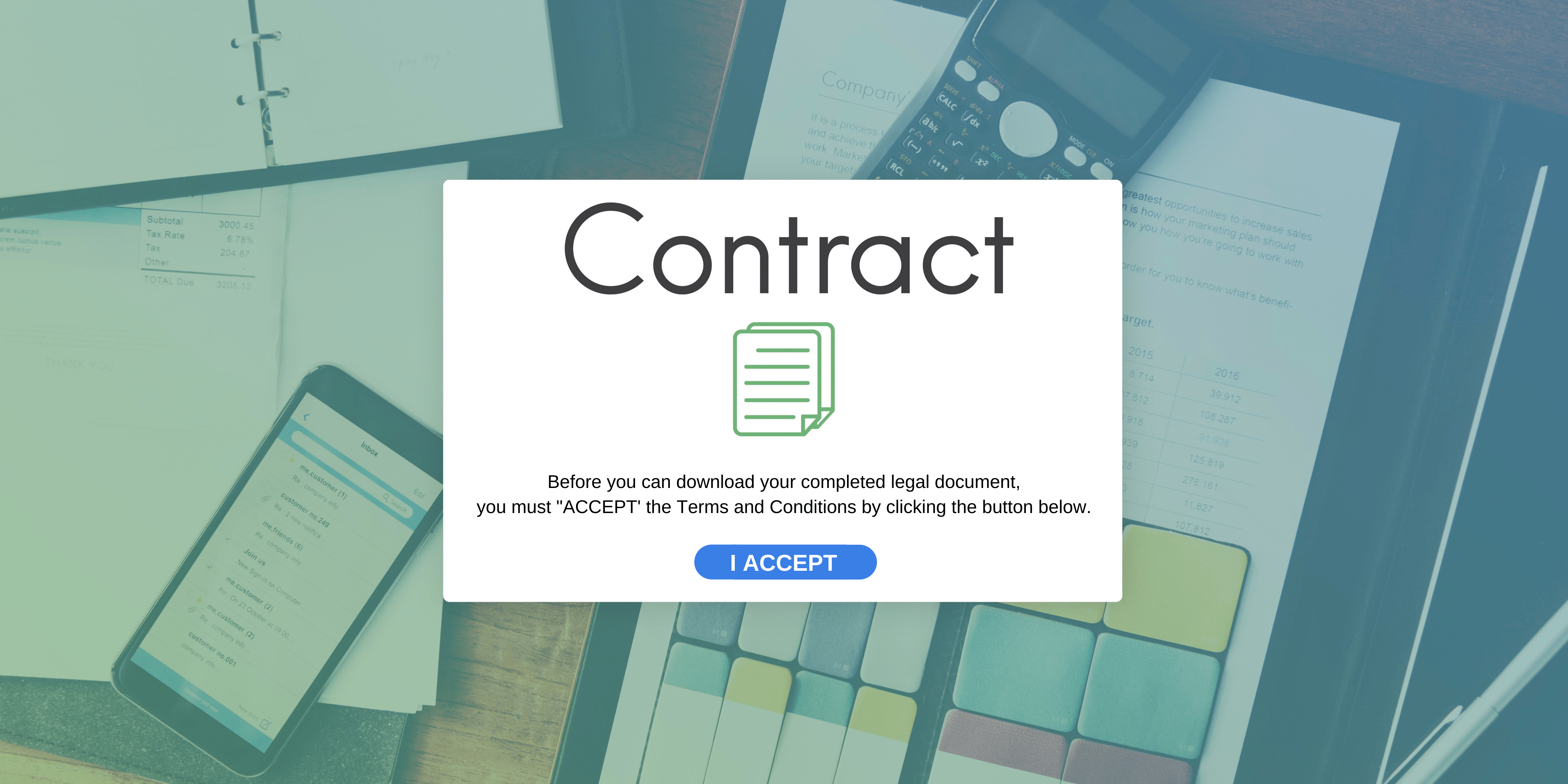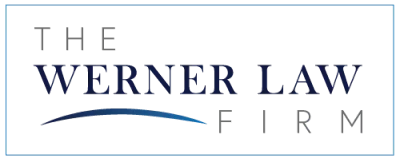
Menu

A movement is growing to legalize electronic wills and trusts, which would allow people to complete the whole process online, without a lawyer or notary present.
We live in a day and age where 81 percent of Americans possess a smartphone, and virtually everyone – 96 percent, as of 2016 – owns a cellphone of some kind. 9 in 10 Americans are connected to the Internet, and virtually all organizations (and a substantial portion of private individuals) regularly make use of cloud computing services, often without even realizing it.
We are standing before the imminent widespread implementation of the Internet of Things (IoT). Developed governments all over the world are facing critical and important decisions regarding the rapid pace of digitalization and automation.
In just the last few decades, the Internet has gone from being a novelty, to being entrenched in every part of the day-to-day, and we’ve welcomed it with open arms into nearly every aspect of professional and private life, including the creation, storing, and sharing of important documents and transactions – in nearly all forms of the law, save for one crucial exception: estate planning.
The Uniform Electronic Transactions Act (UETA), proposed in 1999 and since adopted by 47 states and the District of Columbia, does not apply to wills and testamentary trusts, as well as codicils.
Estate planning documents are currently still usually written, drafted, and completed on paper. Exceptions exist, and most have taken to using a word processor instead of a pen anyway. The act of creating a will or a trust document still follows an archaic ruleset.
Yet all this might change, as the Uniform Law Commission has put forth an Electronic Wills Committee, in charge of creating a template law to help states consider the implementation of proper guidance when it comes to dealing with an increasingly common phenomenon: e-wills, and other electronic estate planning documents.
Some argue this is a great step towards helping many individuals better prepare themselves for the inevitable by making the process of implementing a rudimentary estate plan much simpler through electronic aids. Others claim that this will simply lead to a rise in template e-wills, shoddy in quality and sold per-piece.
Individuals need to be in the proper direction of seeking a professional estate planning attorney when attempting to draft a will. And yet others consider it an unavoidable product of the times, as we increasingly move away from paper. Before we talk about the many ways in which electronic wills might be implemented, let us discuss what a will is.
A last will and testament is a document that must be written and signed among witnesses. Then the will has to be notarized via the local notary. In its simplest form, a will is a document that describes a person’s final wishes. It specifically pertains to their possessions and their legal dependents (wards and minor children).
The anatomy of a will is simple – it all begins with the testator, or the creator of the will. They create the document by specifically outlining their wishes in accordance with what they own. As well as who they wish to bestow their possessions onto.
The simpler an estate, the simpler the will. Wills cannot cover assets and possessions that are already assigned beneficiaries, from bank accounts with a payable-on-death clause. Or retirement accounts, which directly send any remaining funds to a designated beneficiary.
When a testator signs their will, they need witnesses present to prove that they signed it. This is critical when a will is presented at the probate court upon the testator’s passing. At which point an executor will be in charge with executing the will accordingly. If there is insufficient proof of a will’s legitimacy, the surviving kin of the testator may contest it.
Wills also specify guardian arrangements for surviving dependents, from underage children, to special circumstances such as aging parents, or special-needs children. There are limits to what a will can do, and there are other documents that accordingly overwrite wills.
Wills exist in different forms, although the strongest and most widely acceptable form of a will is a simple one. Other wills are a little harder to prove. Spoken wills (which are only remotely valid if corroborated by a number of witnesses), deathbed wills (created in a haste in a person’s last moments) and holographic wills (entirely handwritten and sometimes not witnessed) all exist on much shakier ground, are harder to prove, and easier to contest.
If a person dies without a valid will, then they die intestate. This means that the state’s intestacy laws will determine how their property and assets will be split and distributed. The courts will decide guardianship over the decedent’s children and other dependents.
There are no official laws that specifically define an electronic will. However, the term is usually in use to describe wills that do not fall within other classic categories. Because the method in which wills are created or signed, which may not comply with a given state’s probate laws.
For example, some people might create a deathbed will on their phone, in a haste, before dying. Others might draft and electronically sign their will through a text editor, and save it on their own cloud account. Or they could upload it through a secure social network account to validate its authenticity. Others utilize specific software to try and prove the authenticity of their digital document.
In an attempt to try and separate some electronic wills from others, some have put forth three simple distinctions: wills created and saved offline, wills created and saved online, and wills created alongside a ‘qualified custodian’.
A personal computer can be accessible by another family member. The same goes for social media accounts. The third is arguably the safest method, as these legal services often provide ‘webcam witnesses’ to help authenticate a will. In some states, a ‘video will’ can be supplementary evidence to support a written will but does not count as a will in itself.
Electronic wills are not very secure, in most cases. Offline wills are analogous to holographic wills. This does not make them invalid, but they may be less secure than a simple will. The potential for fraud is still present. It can be argued that an offline will was not necessarily typed by the decedent.
Metadata helps ensure that the digital document is an original, and on the hard drive that it was on at a specific date and time. A person still can argue anybody else could have created the will on the decedent’s computer while they were still alive.
The same goes for online wills, where hacking or access through the decedent’s unsupervised computer could lead to fraud. When created through an online legal service, they usually utilize incomplete templates that do not address individual needs.
Such as, assigning guardianship to special needs children, considering a testamentary or living trust to supplement the will due to specific circumstances. They are as such, inferior to wills drafted through the help of a legal professional.
With the potential advent of electronic wills in the estate planning world, it’s clear that both attorneys and testators must take appropriate measures to make use of technology responsibly.
Both ensuring authenticity through more than just the location and metadata of a file, or the argument that the will was drafted and posted through the decedent’s private account.
Founded in 1975 by L. Rob Werner and serving California for over 48 years, our dedicated attorneys are available for clients, friends, and family members to receive the legal help they need and deserve. You can trust in our experience and reputation to help navigate you through your unique legal matters.
Whether you need help creating a living trust or navigating probate, our living trust law firm's compassionate team of estate planning lawyers and probate lawyers are here to help you and ready to answer your questions.
Our goal is to make your case as easy as possible for you. Hiring a lawyer can be a daunting task, but it doesn’t have to be. From the moment you contact our firm, through the final resolution of your case, our goal is to make the process easy and understandable. We cannot change the fact that probate is a long and complicated process, but through our Werner Law Firm Difference, we strive to go out of our way to keep you informed of your case through every step of the way. We are constantly refining our processes and procedures for a more streamlined and calm client experience. Our goal is to have you feel like a burden was lifted from your shoulders, and that we made the whole process an easy one
If you're dealing with a legal matter, we urge you to schedule a free initial appointment today and join the many satisfied clients who have contacted Werner Law Firm.

23 Corporate Plaza Dr., Suite 150
Newport Beach, California 92660
